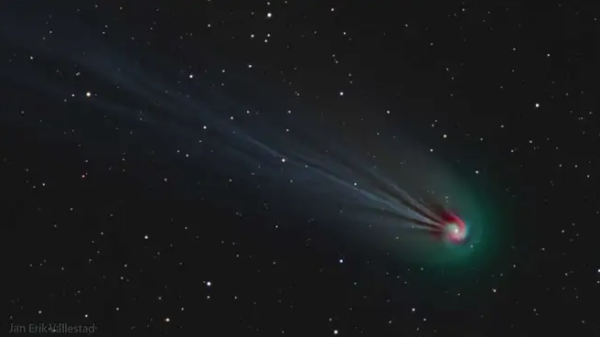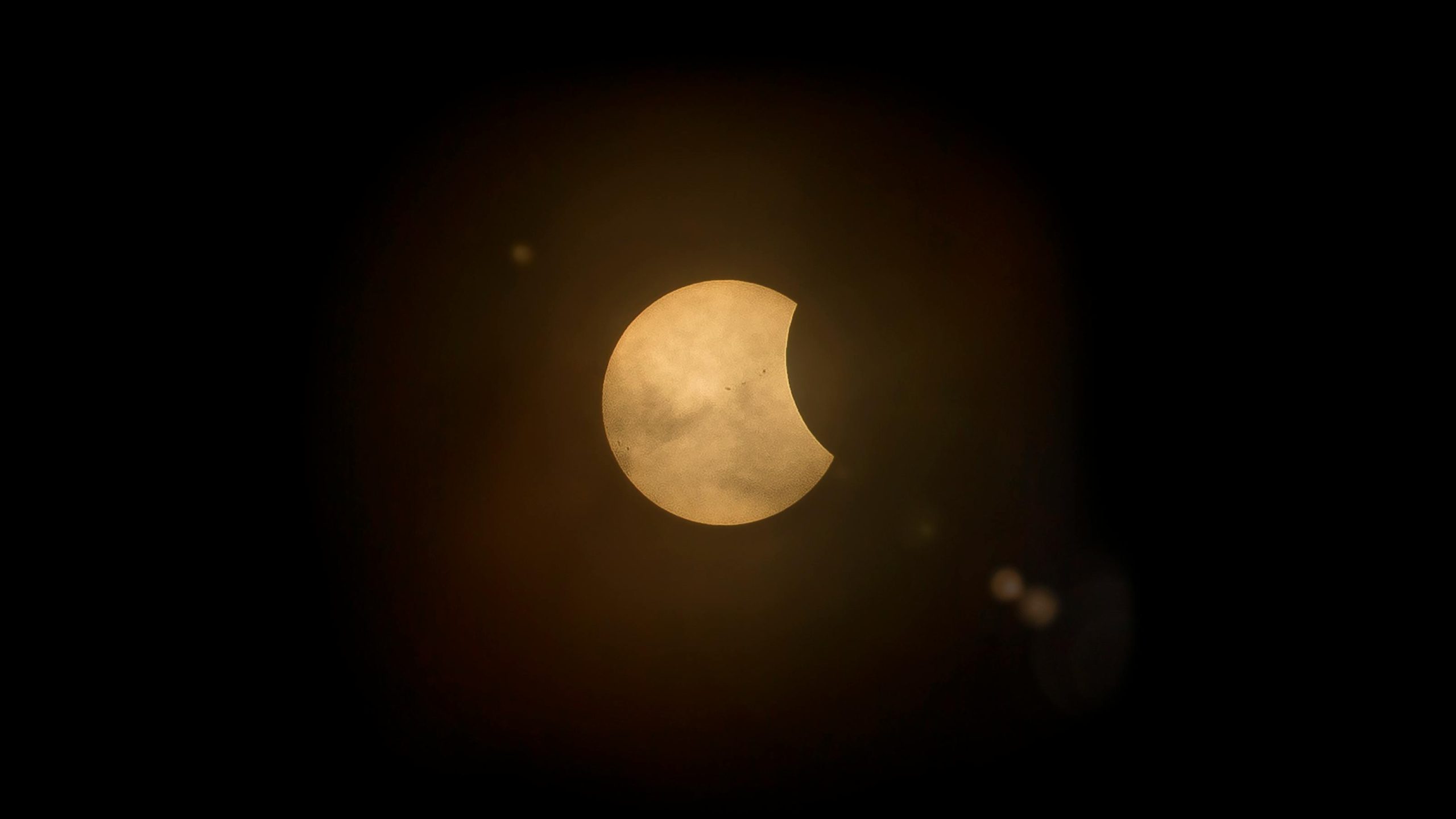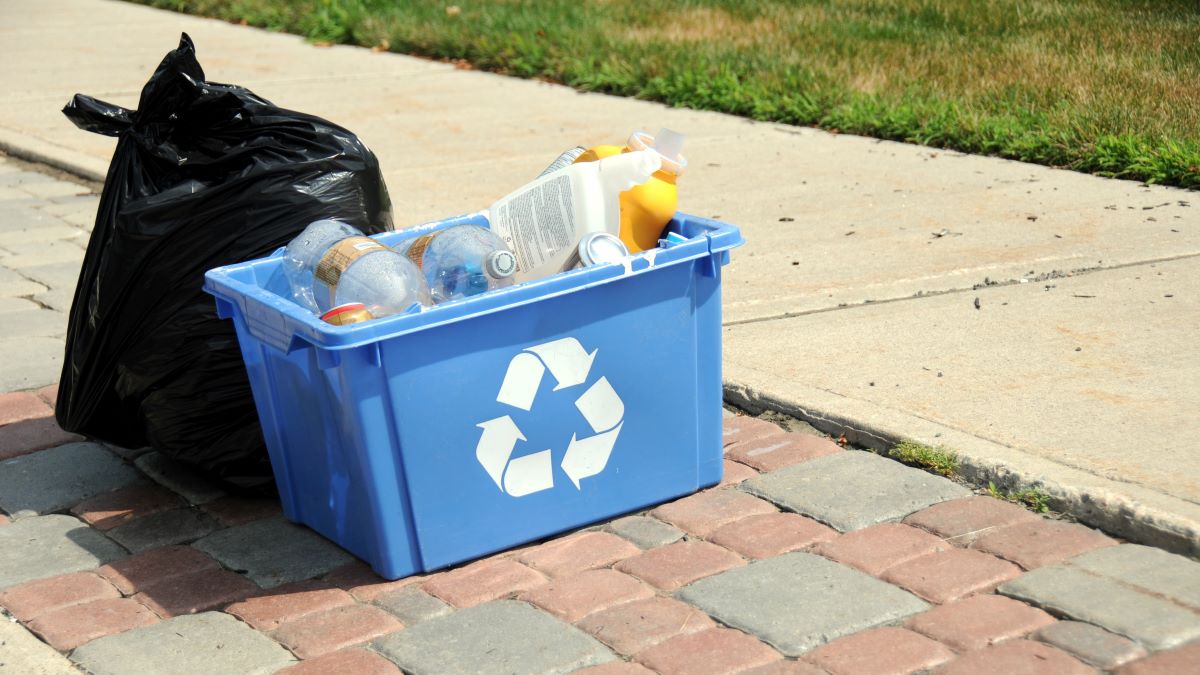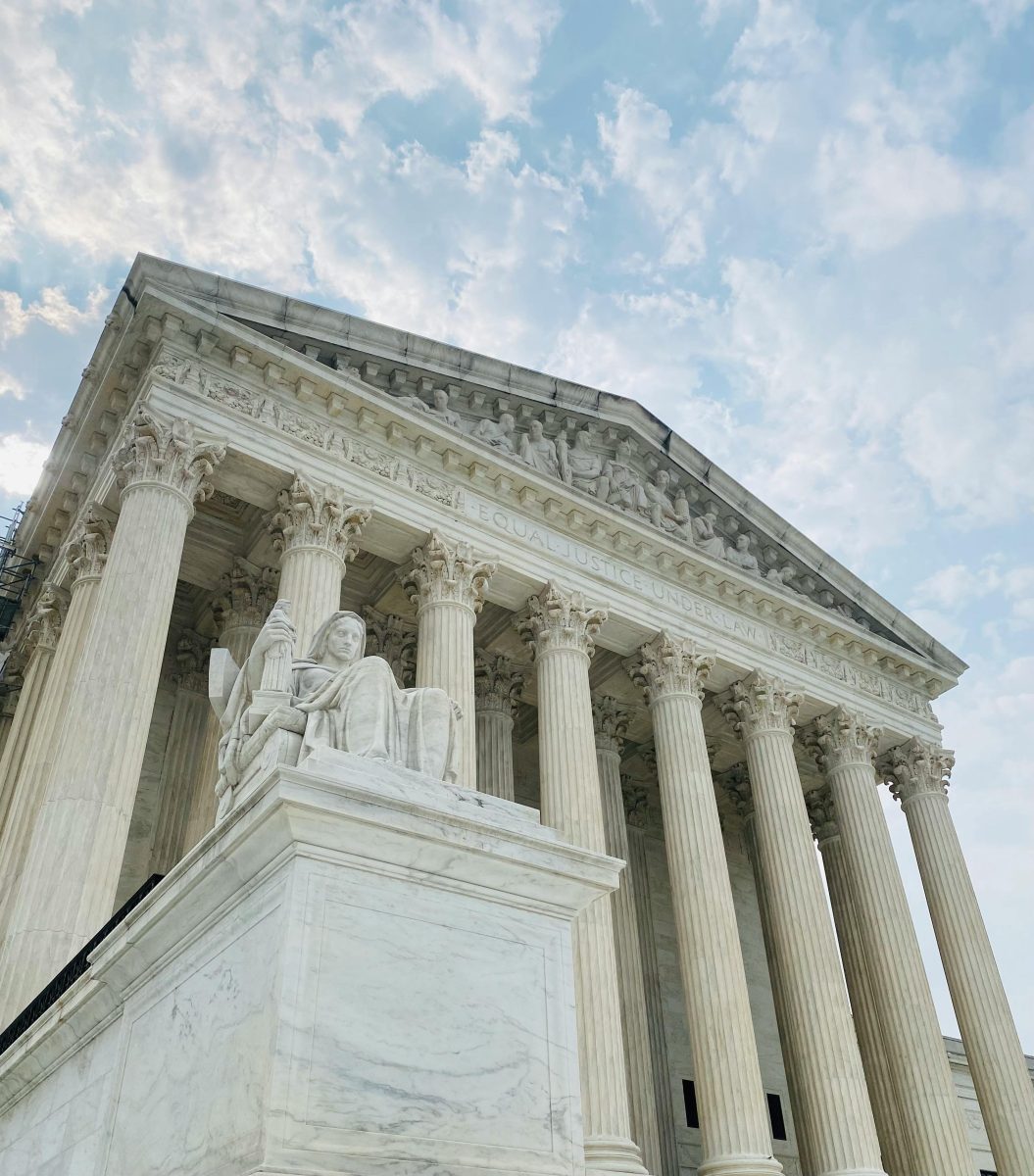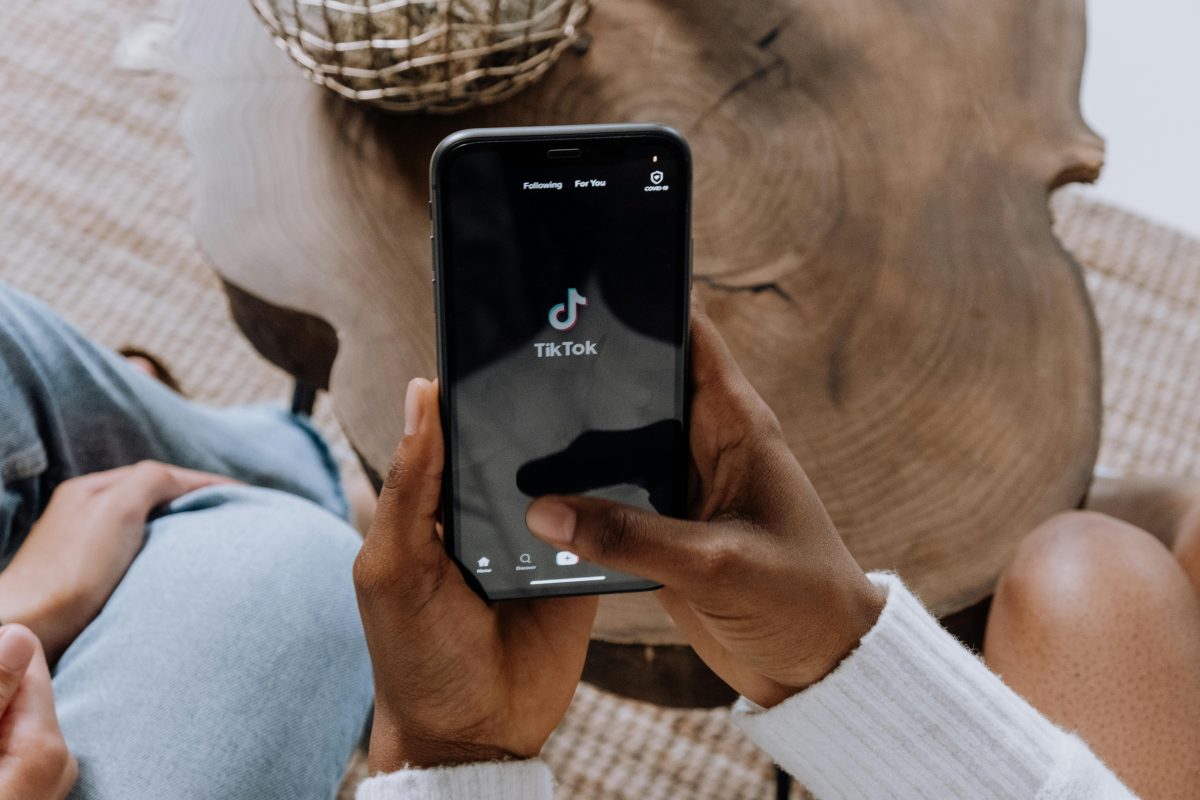On April 8, 2024, the United States will experience a total solar eclipse. This eclipse will be the last total solar eclipse visible from the United States until 2044.
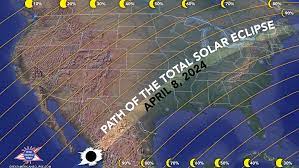
A total solar eclipse occurs when the moon perfectly aligns with the sun blocking it out completely. An eclipse is possible because the moon is 400 times wider than the sun; it also is 400 times farther away. This allows the sun and moon to appear to be the same size. The moon has a tilted orbit compared to the Earth and the sun. This is why a solar eclipse does not happen often. It can take up to 20 years for another one to occur.
Only people along the path of totality can see the eclipse. It will be visible from Texas to Maine. The sunlight will disappear and appear as if it is dawn or dusk. Parts of New Jersey will be able to witness this natural phenomenon. Livingston Public Schools in New Jersey have announced that they will have early dismissals to avoid the eclipse. The eclipse is set to happen during regular dismissal, and it would be unsafe for young students to curiously look at the sun.
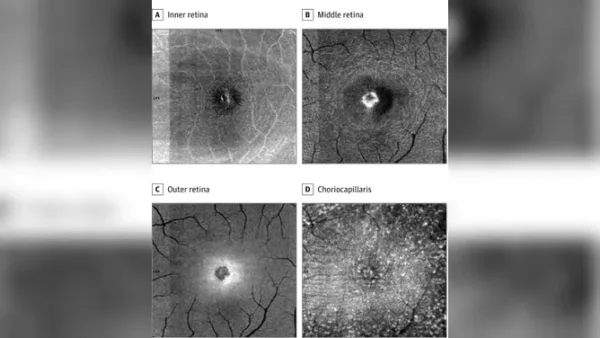
During a solar eclipse, it is not safe to look at the sun with your naked eyes. Special eclipse glasses, different from regular sunglasses, can be used to look up at the sky. A total eclipse is the only solar eclipse where you can take off your glasses. It is perfectly safe to remove your glasses when the sun and moon are in totality. Other solar eclipses can cause serious damage to your eyes. You may receive retinal burns just by looking at the sun for a second. You could also become legally blind in one or both eyes. Effects from looking at the sun could take up to 4-6 hours, sometimes even 12 hours.
On the day of the eclipse, Media Club will be hosting an astrophotography experiment after school. Using photo cameras, video cameras, and a professional telescope they will be able to capture the solar eclipse in action. With a telescope, you will be able to see both Jupiter and Venus.
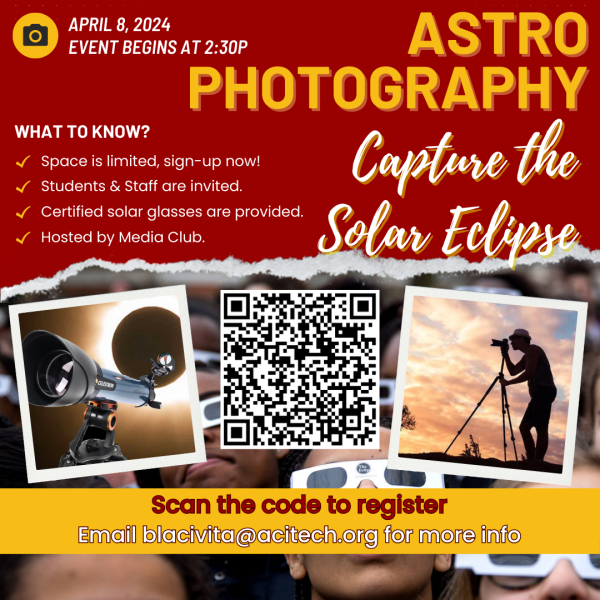
During the solar eclipse, a comet will pass through the sky. This comet is known as Comet 12P/Pons-Brooks and has a periodic orbit of 72 years. After this year, the next time we will be able to see this comet will be in 2095. When the sun has reached totality, you can see the comet with a regular pair of binoculars.
